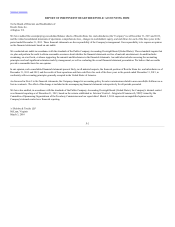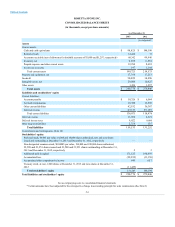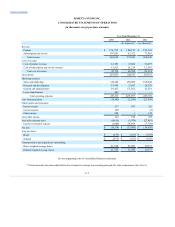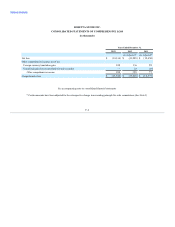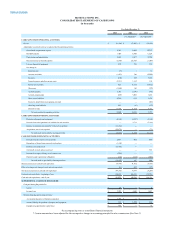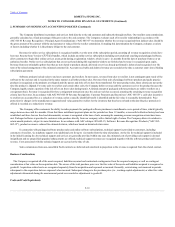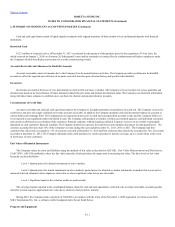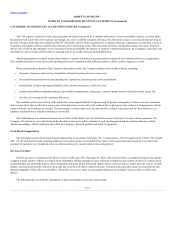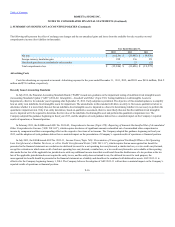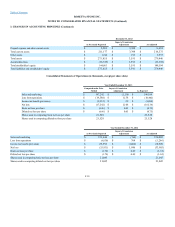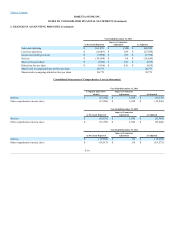Rosetta Stone 2013 Annual Report Download - page 74
Download and view the complete annual report
Please find page 74 of the 2013 Rosetta Stone annual report below. You can navigate through the pages in the report by either clicking on the pages listed below, or by using the keyword search tool below to find specific information within the annual report.
Table of Contents
Cash and cash equivalents consist of highly liquid investments with original maturities of three months or less and demand deposits with financial
institutions.
$12.3 million of restricted cash as of December 31, 2013 is restricted for the payment of the purchase price for the acquisition of Vivity Labs, Inc.
which occurred on January 2, 2014 (see Footnote 20, Subsequent Events) and the remainder is restricted for the reimbursement of funds to employees under
the Company's flexible benefit plan and security for a credit card processing vendor.
Accounts receivable consist of amounts due to the Company from its normal business activities. The Company provides an allowance for doubtful
accounts to reflect the expected non-collection of accounts receivable based on past collection history and specific risks identified.
Inventories are stated at the lower of cost, determined on a first-in first-out basis, or market. The Company reviews inventory for excess quantities and
obsolescence based on its best estimates of future demand, product lifecycle status and product development plans. The Company uses historical information
along with these future estimates to establish a new cost basis for obsolete and potential obsolete inventory.
Accounts receivable and cash and cash equivalents subject the Company to its highest potential concentrations of credit risk. The Company reserves for
credit losses and does not require collateral on its trade accounts receivable. In addition, the Company maintains cash and investment balances in accounts at
various banks and brokerage firms. The Company has not experienced any losses on cash and cash equivalent accounts to date and the Company believes it
is not exposed to any significant credit risk related to cash. The Company sells products to retailers, resellers, government agencies, and individual consumers
and extends credit based on an evaluation of the customer's financial condition, without requiring collateral. Exposure to losses on receivables is principally
dependent on each customer's financial condition. The Company monitors its exposure for credit losses and maintains allowances for anticipated losses. No
customer accounted for more than 10% of the Company's revenue during the years ended December 31, 2013, 2012 or 2011. The Company had four
customers that collectively accounted for 31% of accounts receivable at December 31, 2013 and four customers that collectively accounted for 32% of accounts
receivable at December 31, 2012. The Company maintains trade credit insurance for certain customers to provide coverage, up to a certain limit, in the event
of insolvency of some customers.
The Company values its assets and liabilities using the methods of fair value as described in ASC 820,
("ASC 820"). ASC 820 establishes a three-tier fair value hierarchy, which prioritizes the inputs used in measuring fair value. The three levels of fair value
hierarchy are described below:
Level 1: Quoted prices for identical instruments in active markets.
Level 2: Quoted prices for similar instruments in active markets; quoted prices for identical or similar instruments in markets that are not active;
and model-derived valuations whose inputs are observable or whose significant value drivers are observable.
Level 3: Significant inputs to the valuation model are unobservable.
The carrying amounts reported in the consolidated balance sheets for cash and cash equivalents, restricted cash, accounts receivable, accounts payable
and other accrued expenses approximate fair value due to relatively short periods to maturity.
During 2012, the Company made a payment of $300,000 in accordance with the terms of the November 1, 2009 acquisition of certain assets from
SGLC International Co. Ltd., a software reseller headquartered in Seoul, South Korea.
F-11


